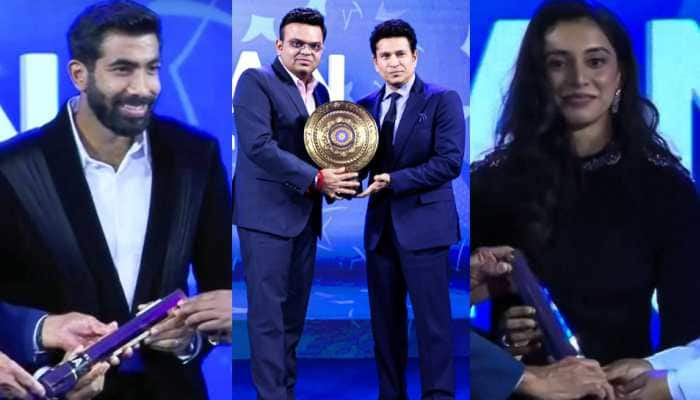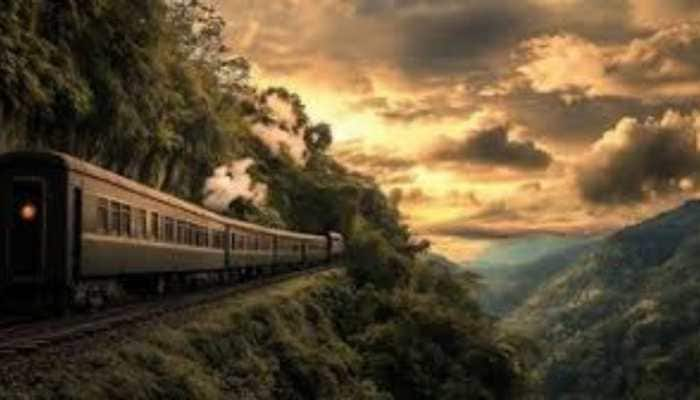Himachal Pradesh elections: How major castes swing between BJP and Congress
The Rajputs and Brahmins make up over half of Himachal Pradesh’s population – with Rajputs at 33 percent and Brahmins at 18 percent.
- Politics in Himachal Pradesh has mostly revolved around two parties
- Politics in this hilly state is dominated by Rajputs and Brahmins
- The two castes make up over half of Himachal’s population
Trending Photos
) Pic Credit: File Photo
Pic Credit: File Photo Politics in Himachal Pradesh has mostly revolved around two parties and two families. Between 1993 and 2017, the state witnessed Congress’s Virbhadra Singh and BJP’s Prem Kumar Dhumal taking turns to become chief ministers. Though the BJP has another powerful leader in two-time CM Shanta Kumar, most other netas and organisations have only survived in the shadows. Himachal is a tourist’s paradise – the promised land for adventure enthusiasts. But its politics is equally enthralling. For decades, no third party or coalition has succeeded in carving a space out for themselves. In 2012, some rebel BJP leaders formed the Himachal Lokhit Party, which created waves in the media.
Though it could not achieve much success, the party did rope in 4.5 percent of the votes in seats it contested, damaging the BJP’s prospects so much that it lost power.
Other parties such as BSP, CPI(M) and NCP have also been trying their luck, but are only confined to a few pockets. One plausible reason for Himachal’s bipolar politics could be that dominant social groupings here put more faith in the BJP or Congress rather than creating a brand of their own.
Politics in this hilly state is dominated by Rajputs and Brahmins. As a popular saying in Himachal’s power corridor goes, “The king (CM) is to be a Rajput, and the kingmaker (person looking after organisation) a Brahmin.” In fact, barring Shanta Kumar (a Brahmin), every CM in Himachal has been a Rajput.
The two castes make up over half of Himachal’s population – Rajputs 33 per cent and Brahmins 18 per cent. At over 25 per cent, Dalits comprise a significant proportion of the population – only second after Punjab – but they are not a coherent group. OBCs are at 13.5 per cent, STs 5.7 per cent and Muslims below 3 per cent, as per Census 2011. The upper caste vote is slightly tilted in favour of BJP, even as the saffron camp is making steady inroads into the Congress’s Dalit base, CSDS post-poll analyses show.
There are several other community sentiments at play too – from Punjabis in the lower regions (mostly involved in business) to Tibetans in the upper regions (Dharamshala houses the Dalai Lama and Tibetan government-in-exile). Add to it the huge ‘fauji’ population in a state that shares borders with China, most of whom are sympathetic towards the BJP (the Galwan clashes are yet to fade from public memory).
Another factor is dynastic politics. Virbhadra Singh died last year, but his wife Pratibha Singh is MP from Mandi and the Congress’s state unit president; their son Vikramaditya Singh is MLA from Shimla Rural. Prem Kumar Dhumal lost from Sujanpur in 2017, but his son Anurag Thakur held several important portfolios in the Union cabinet. The Hamirpur MP is also a frontrunner for the top job if BJP wins Himachal this time.
These two families can influence the electoral results in the state to a large extent. Data from the last two elections also show that a sizeable proportion of middle and poorer sections have jumped ship to BJP, while the richer class still favours Congress.
So where can the AAP fit in?
Earlier this year, AAP dissolved its entire state unit as the top leadership defected en masse to BJP. The party is expected to target Punjabi voters in the lower regions of Himachal, and also cut into the Congress vote share. All eyes now on November 12.
Stay informed on all the latest news, real-time breaking news updates, and follow all the important headlines in india news and world News on Zee News.
Live Tv







)
)
)
)
)
)
)
)
)
)

